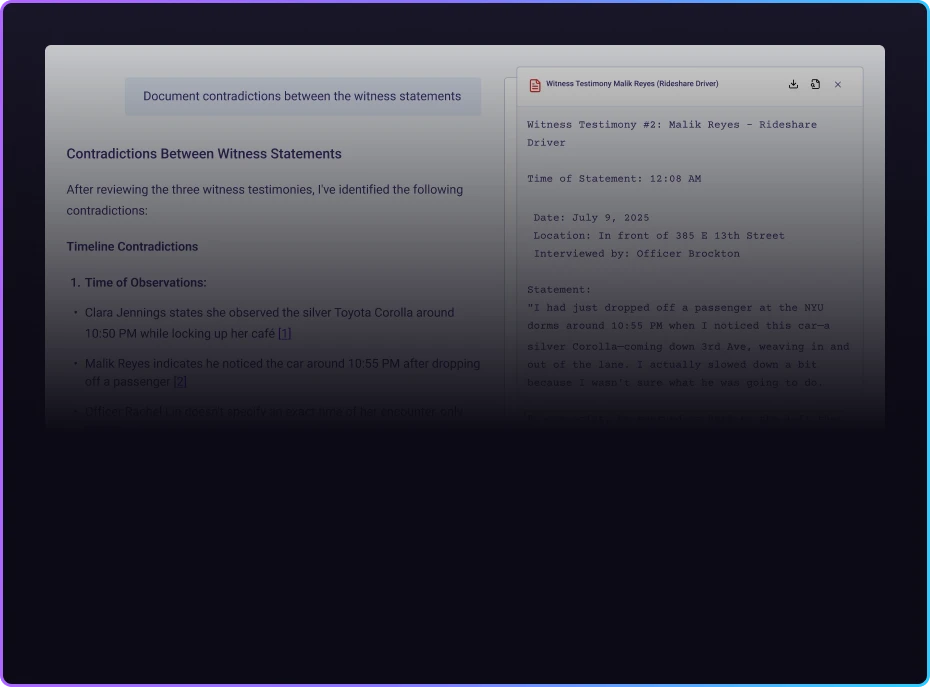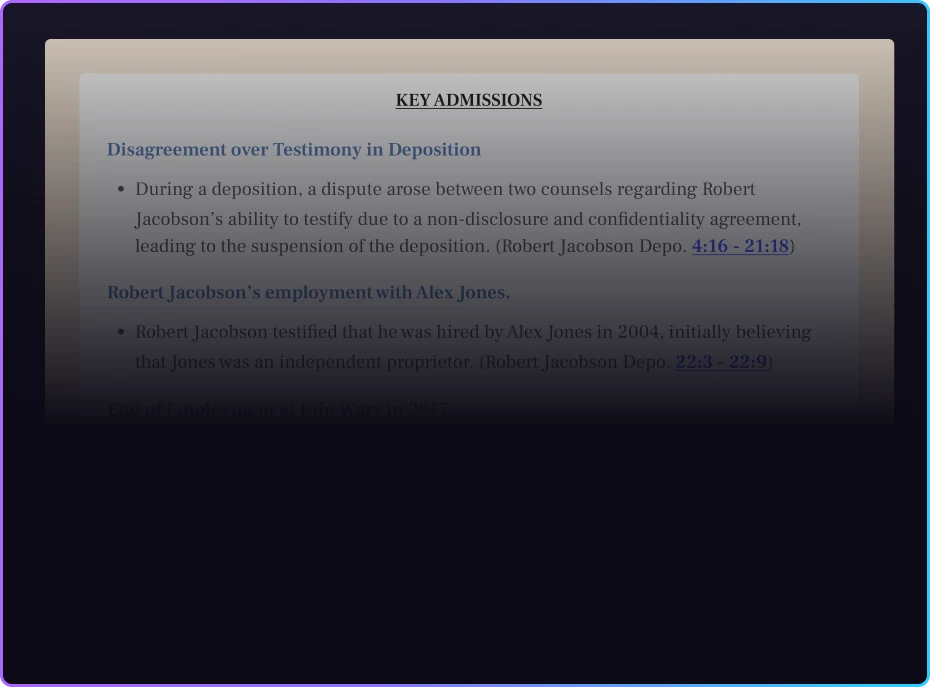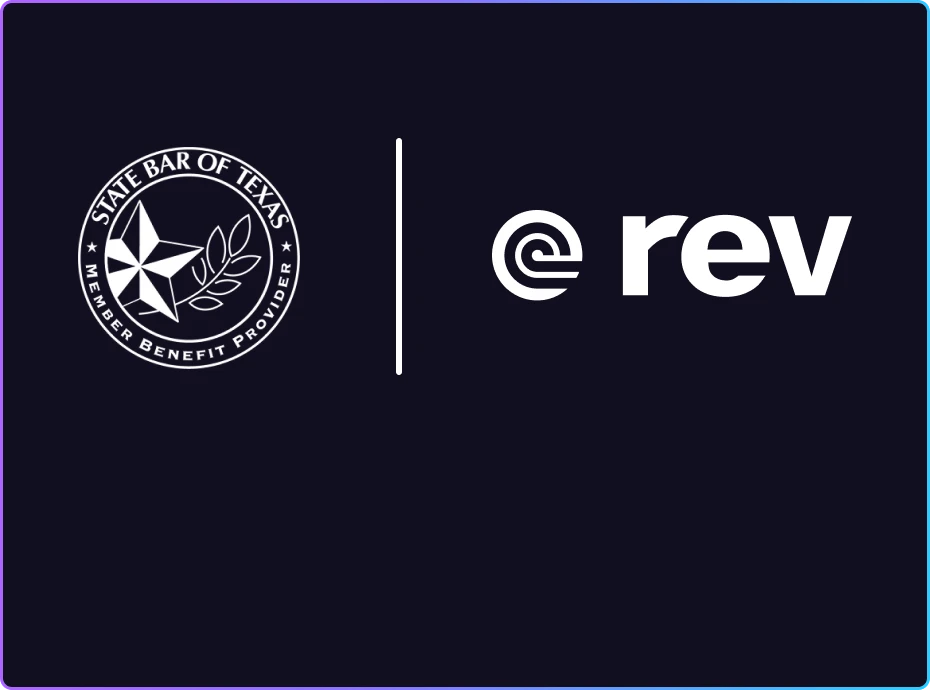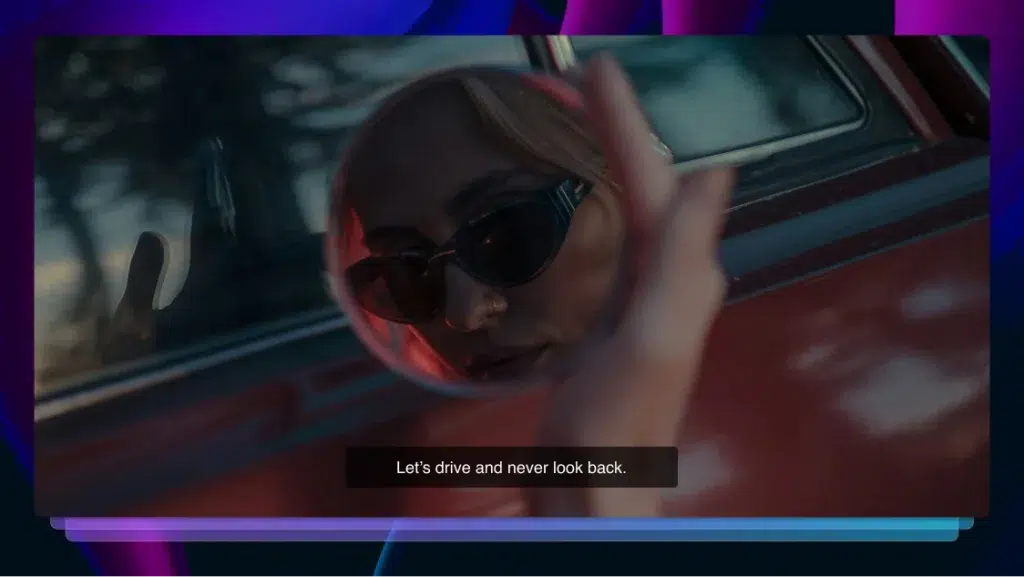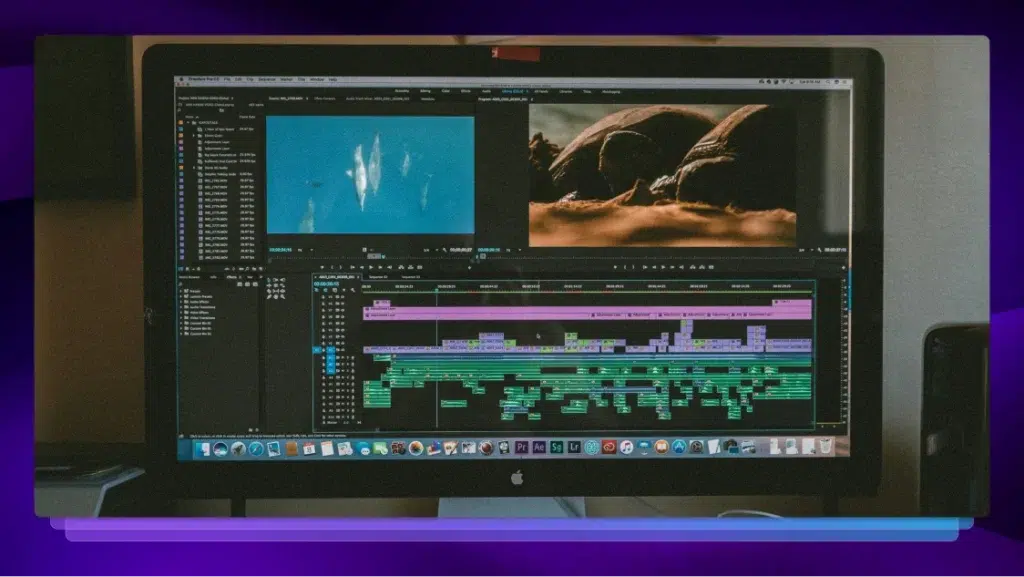5 Effective Habits Every Expert Closed Caption Creator Needs to Know
Adding captions is not nearly as tricky as you might think, especially if you follow the advice of video and close caption experts.
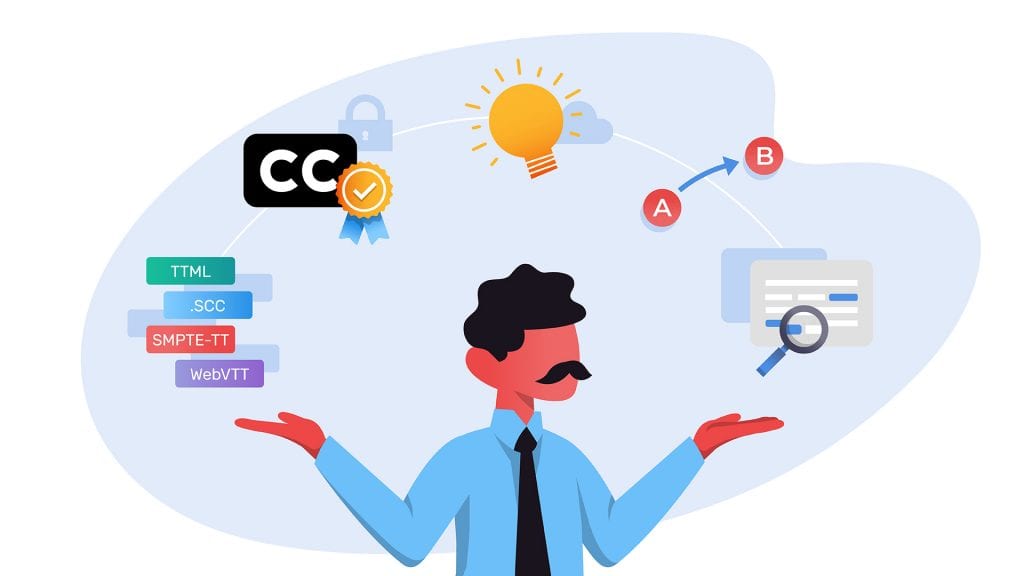
Video content is increasing in popularity and abundance across the Web, and with it, the need for content creators to stand out and make their videos more attractive. One way to do this is to make sure closed captioning is included in every piece of video content.
There are plenty of ways you can benefit from providing closed captions on your video content. Some of these perks include:
- Expanding your audience reach, including individuals who are hearing impaired or non-English speakers
- Ensuring your business is FCC and ADA complaint
- Improving user experience, which improves video views and engagement
- Better indexing and searching of your video content
More than 26 percent of higher education students with disabilities report that they always use closed captions. A significant portion of students without disabilities use closed captions some of the time. Video captions can also improve retention and focus for viewers, both in adults and children. This helps people take advantage of your content.
A significant portion of students without disabilities use closed captions some of the time.
The challenge of creating compelling, high-quality videos could make you reluctant to add features like closed captions. Fortunately, you don’t have to be afraid of adding closed captions to your video, even if you’re unfamiliar with the process. Adding captions is not nearly as tricky as you might think, especially if you follow the advice of video and close caption experts.
Want Captions Added Directly to Your Videos? Check out this how-to video:
Habit #1: Know Your Closed Caption File Formats Like the Back of Your Hand
It’s difficult, if not impossible, to take advantage of all those closed caption benefits without a comprehensive understanding of how closed captions work. This should include knowledge of the different types of closed caption file formats.
File formats for closed captions can vary, so make sure you’re familiar with the formats used on the platforms where you post video content. If you upload your videos to a hosting platform like YouTube or Amazon, you should get to know their formatting requirements for captions. If you post the videos on your own website, make sure you understand the formatting needs of your website host.
File formats for closed captions can vary, so make sure you’re familiar with the formats used on the platforms where you post video content.
Plus, you should also understand the formats used by the platform that creates your closed captions. This will help ensure you create the right closed captions that are compatible with both your video and the hosting site.
Here are a few of the more popular websites where people use closed captions, and the file formats they require:
- Youtube (Without Integration): The most recommended caption formats for this site include Scenarist (.scc), TTML, or WebVTT formats. This helps you maintain some control over how your captions appear on the YouTube platform. Other compatible formats include SubRip (.srt), WebVTT (.vtt), DFXP/TTML (.dxfp), and SAMI (.sami).
- Netflix: To offer video content through Netflix, you can use one of two recommended formats. According to the EMA Closed Captions Working Group, Scenarist (.scc) is the preferred format, since it is the de facto standard for CEA-608 and CEA-708 data. You could also use SMPTE-TT because, under the applicable laws, it is considered safe with compliant closed captions. Compatible closed caption formats for Netflix include SubRip (.srt), Scenarist (.scc), Timed Text (.ttml), DXFP (.dxfp), WebVTT (.vtt), Cheetah CAP (.cap), MacCaption (.mcc), Quicktime Subtitle (.qt.txt), Spruce Subtitle File (.stl)., and XML (.xml).
- Amazon Video Direct: Amazon requires closed captions on all new videos uploaded to the service, so if you use Amazon to host your videos, closed captions aren’t just a benefit, they’re non-negotiable! For Amazon, compatible formats include Scenarist (.scc), SMPTE-TT (.xml), EBU-TT (.xml), DFXP Full/TTML (.dfxp), and iTunes Timed Text (.iTT).
- iTunes: If you offer videos through iTunes, you will need either a Scenarist-formatted file (with an .scc extension) or a QuickTime file with a closed captioning track. For this use, compatible formats include Scenarist (.scc), DFXP Full/TTML (.dfxp), or iTunes Timed Text (.iTT).
Habit #2: Understand the Importance of Quality Captions
Video and closed caption experts understand that low-quality captions are just as bad as not having any captions at all (and may even be worse!). Closed captions have to work well in order to provide their many benefits.
Experts also know that not all captions are created equal, and can depend on the type of service used to generate them. That’s why it’s important to vet the quality of a closed caption service before you commit to using it.
One common solution is to use an automated caption generating service. Although these solutions can be easy and inexpensive, the results are not always the best.
Ultimately, video closed captions tend to have better results when you work with a provider like Rev, which uses human captioners to help reduce the risk of technological errors that can lead to poor video captions. This way, choosing Rev means that your audio will be transcribed by a real human with 99% accuracy–guaranteed!
Habit #3: Be Strategic with your Closed Caption Verbiage (Think SEO)
Remember how we said that closed captions can provide better indexing and searching of your video content? This also helps improve your video’s search-engine optimization (SEO), as long as you keep this in mind during the process of creating your captions.
Sure, every company wants their content to show up first on a page of search engine results, but this goal can be elusive. SEO is tricky to keep up with. The rules are always changing as Google and other search engines continually modify their algorithms. There is no single, certain solution to get your content a the top of the first page. However, closed captions can help with SEO.
When you use professional closed captions, this helps communicate to search engines that you offer valuable information. Transcription and closed captioning can help your video content match keyword searches, potentially increasing traffic and SEO.
Transcription and closed captioning can help your video content match keyword searches, potentially increasing traffic and SEO.
Incorporate keywords as soon as possible into your video, including the video script, so that you can use them in your closed captions. By using keywords or phrases in your captions, search engine users who are looking for that specific term are more likely to see your content on their search engine results.
The use of closed captions and a transcript also helps you build both internal and external links, which are also widely considered beneficial to SEO. Internal links from your content to other domains, pages, and so on can improve navigation. Google considers the inclusion of internal backlinks when it ranks its results. When you get external backlinks, which are links to your content from other sites, this helps signal the quality of your site or content.
Habit #4: Keep it Simple and to the Point
We’ve noted before that quality is important for getting value from your video captions. The captions themselves should follow current best practices for closed captions to create a more user-friendly experience.
- No more than three lines of text on the screen at once
- No more than 32 characters per line
- Font should be similar to Helvetica medium, at least 9 point size
- Preserve the original language as closely as possible, as timing permits
- Use high-contrast color combinations for closed caption text, such as black letters on a solid white background
- Keep the text at the bottom of the screen, unless it would obscure other important visuals
Habit #5: Keep it Compliant
Video captions should not only follow best practices for user experience, but also meet legal requirements for closed captions, including FCC regulations and ADA requirements.
Under Section 508, the Federal Communications Commission (FCC) requires that federal employees with disabilities have the same access to and use of information as those federal employees who do not have disabilities.
A few of the FCC’s Section 508 requirements for closed captions include:
- Note other sounds, such as laughter or music, that are important for understanding the content
- Captions should be timed to synchronize with the audio, and should not cover important visual elements, such as graphics or the speaker’s face
- Identify speaker when more than one person is onscreen or the speaker is not visible
- Use verbatim language as close as possible, including the use of slang or foreign languages
For closed captions, ADA compliance may also apply. In 1990, Congress passed the Americans with Disabilities Act (ADA), requiring organizations to accommodate individuals with recognized disabilities who use their products or services.
Under the ADA, a promotional video, PowerPoint presentation, or commercial must have closed captions if it is played in a public place. In a 2012 lawsuit, the court ruled that Netflix is also a place of public accommodation, and so must includes caption on all video content.
If you’re ever uncertain about the style or quality of your closed captioning, it’s best to defer to these FCC and ADA requirements.
Let’s Wrap Up
If you’re worried that there’s too much to learn and remember when creating the best, most compliant video closed captions, you’re not alone! There’s a lot of information out there, and a lot of sources to get it from. Plus, things like SEO algorithms can change, leaving you scrambling to keep up.
To get the most benefits out of your video closed captions, you may want to leave things up to the experts. Letting a provider like Rev create captions for your videos will ensure that you get accurate, high-quality closed captions that meet legal guidelines and best practices.
Rev offers captions and transcription services with 99% accuracy guaranteed, with turnaround as fast as 24 hours.
Ready to get started? It’s easy!
- Securely and confidentially send your video to be captioned to Rev.com by uploading the video files, pasting the URLs, or pulling the video from YouTube or Vimeo.
- English-speaking, vetted Rev professionals caption your videos 24/7 with 99% accuracy, 100% guaranteed.
- We email you the file. You can check it out and edit it with our tools, then publish anywhere.
Join over 100,000 happy customers across all industries. Try Rev today!


